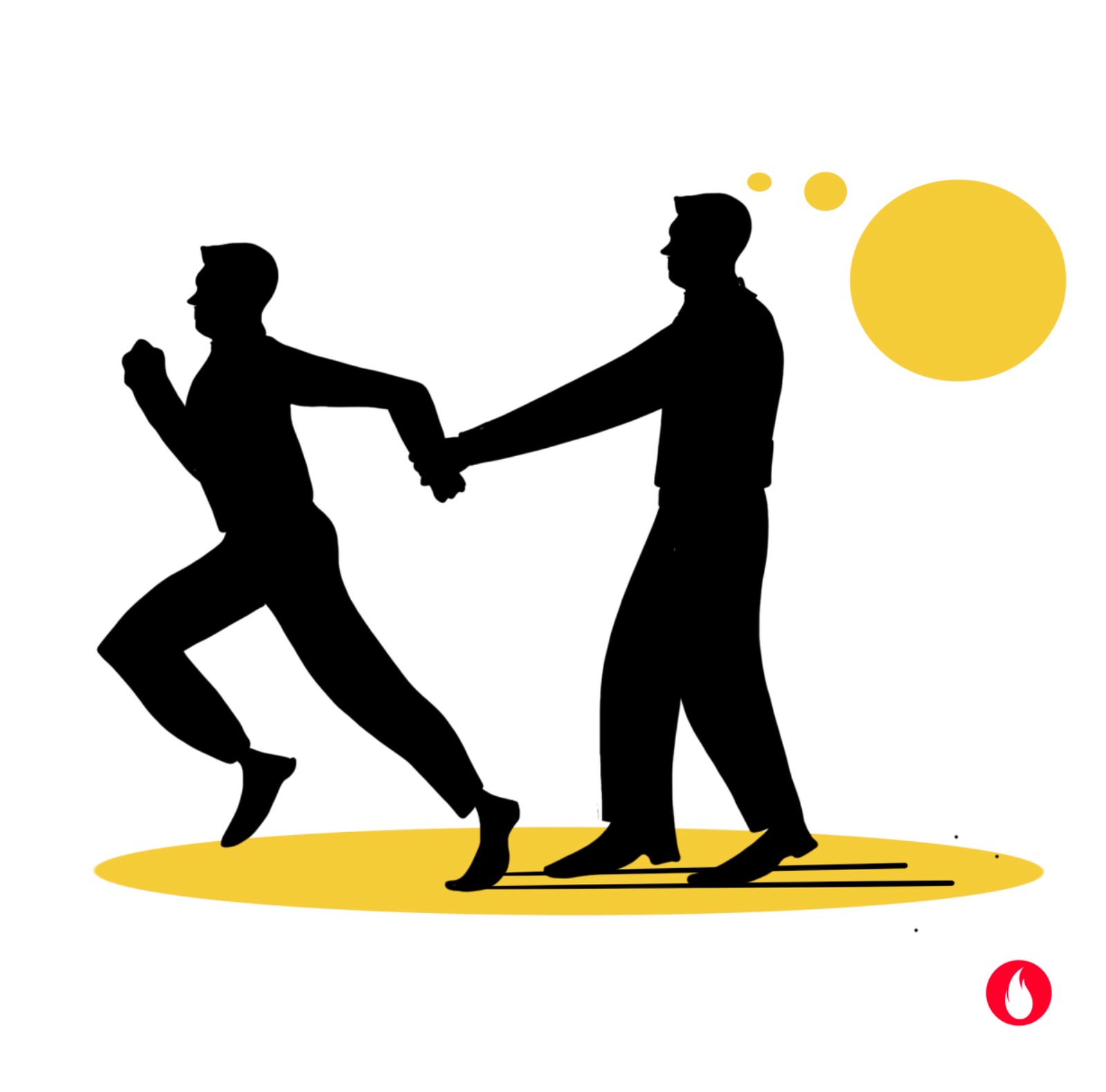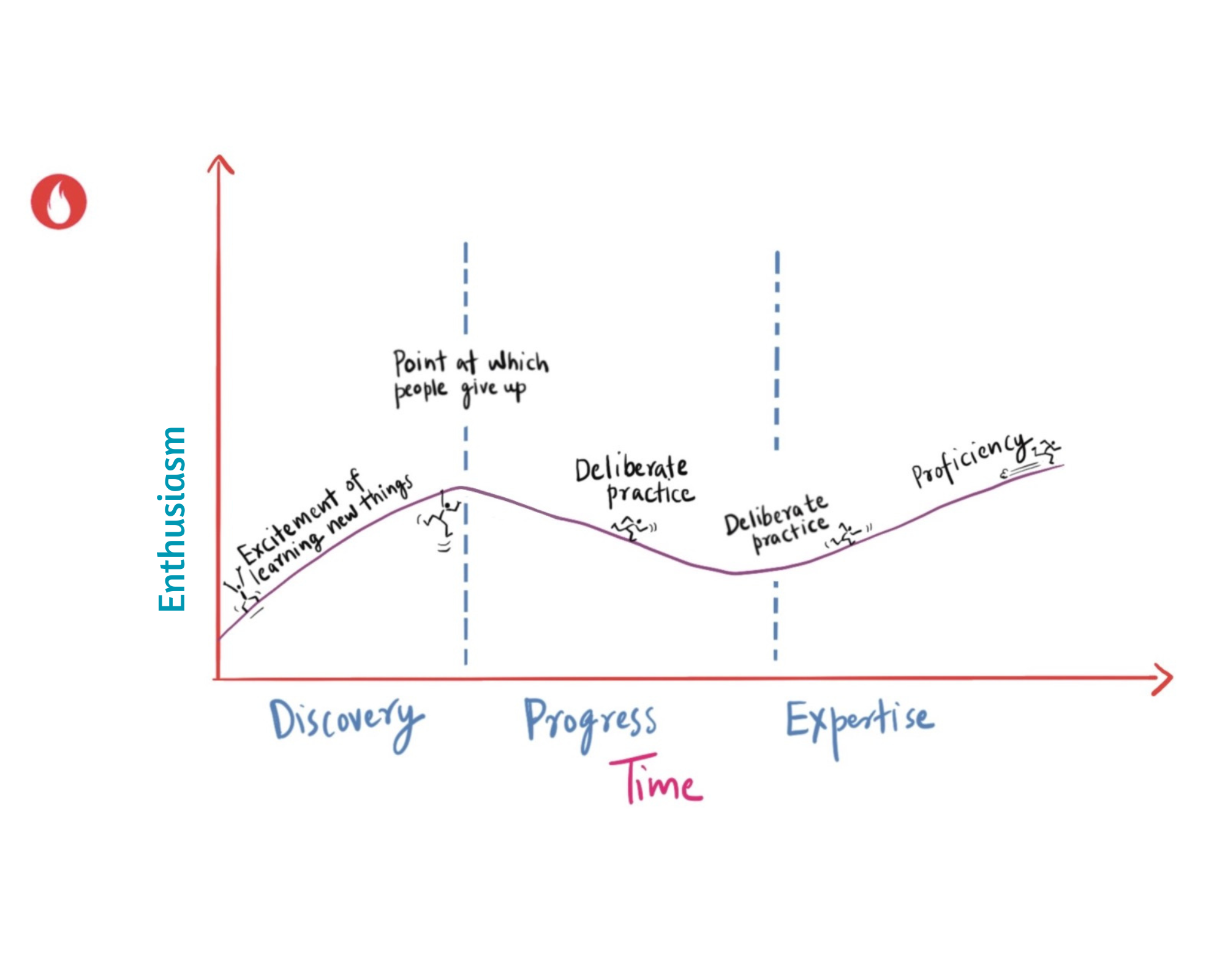
A few years ago, I was in the audience when the CEO of a large organisation tore into the team for lacking, what he called “a bias for action”. “People must work and be seen to work”, he thundered. He was a leader who had seen success and was ambitious for more. The silence in that room spoke much. Nobody moved. So much for a bias for action, I thought.
After that meeting, I caught up with a thoughtful senior leader over coffee. We had a brilliant conversation. She used a metaphor that I remember to this day. “A bias for action, is a double edged sword with a lethal edge not showing up until its cuts deep”
Dissecting Bias For Action
Bias for action has two sides.
Action is needed in the world after all. There is no point to anything if we get mired in analysis and debate beyond a point of use. Or, for that matter, delve in hope that a difficult situation will automatically change. Especially so, when pointed action is the need. So, “Take action” is the mantra. Several organisations have codified this into a leadership competency and thereafter expectations for ‘action’ is all pervasive.
All good so far? Not quite. There is another side to it.
Patt & Zechauser in 2000 elaborated on action bias. In their paper they outlined areas affected by it in many areas. Areas where our own bias for action may in result in us appreciating something even when there isn’t much to show for progress. If you look around, you will be able to spot lousy policies that were touted as great responses that didn’t get us anywhere.
Our propensity for ‘doing something’ perhaps goes back to our hunter gatherer times. Perhaps it was an implicit need for survival. We have come a long way since then but this impulse of needing to act, persists.
We act for it gives us a sense of control. And most of the time, the game is rigged so much in favour of some action. We end up with action in order to be seen as doing something! Hierarchies in organisations see the bias for action manifest in many ways. Calling for meetings, writing emails and of course the occasional, taking a hard call.
I am all for action. But I must stand up and tell you, a blind bias for action results in less than optimal results.
So What Can You Do?
Action is important in the world. There is no debate about that. But action is not the only solution. Whenever action is a default response, it is sub-optimal often and disastrous at times.
While action is necessary, we may start with examining what we categorise as action. To me, patient observation, careful examination of options, considering implications, thinking are ‘action’!
Learning to balance an ingrained trigger happy bias for action, with considered action is a long term process. It doesn’t come easy. Consciously going past the need to demonstrate or observe action is critical. To recognise what else is happening when there are less obvious actions is a great skill to have.
This note comes to you as I still am licking the wounds of a trigger happy decision that I took six months ago that has come to haunt me! How I wish I could rewind time. Balancing my bias for action has been a tight rope walk.

Some Changes To The OWL Despatch
I have been writing and putting together The OWL Despatch for a few years now. Typically, one ever fortnight that has a short essay and five interesting reads that I have read the past fortnight. I have also been cross-posting the entire post online. From the previous edition, I am sharing the curated reading lists and other pieces with subscribers while leaving the essay on the web. The subscription remains free. For now :).
If you are yet to subscribe, may I invite you to click on this link please. Besides sharing it with your friends! Typically it takes less than 180 seconds. That’s to help you with telling time for this







